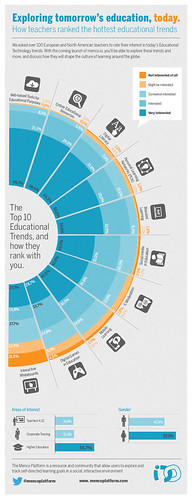Winter Break is How Long?
With Winter Break halfway behind us, many parents may be wondering how to fill some of the waking hours. Here are a few things you can do inside and out, so when you hear, “I’m bored!” scan the list for a few ideas.
Go On a Scavenger Hunt
Inside scavenger hunts could include hiding parts of a building kit in different places in the house. Clues are given to the whereabouts of the pieces. Once all items are found, directions are given and your child can make his/her own creation.
Outside scavenger hunts can be creating using a checklist and a camera. Create a list items found in your neighborhood (pine tree, roof top, red door, Spot the dog, etc.). Then take a walk together and have your child take pictures of each item. Once home, organize a digital presentation that your child can share with the family at dinner time.
Make Ornaments For Trees – Inside and Out
Homemade ornaments for the Christmas tree will create memories for a lifetime. Hands On As We Grow is filled with great ideas. Or, create birdfeeders for your trees outside.
Imagine a New World
Turn your playroom into a grocery store, tea shop, or woodshop. It is a great way for siblings to play together. Dramatic play also helps children learn to problem solve and build their imagination.
Build With Blocks
Working with blocks helps the child’s small muscle skills. It also allows the child to form mental pictures and the opportunity to recreate the image in concrete form.
Get Artsy
Paint, sculpt, and draw with seasonal crafts, or make your own Christmas and Thank You cards. You can even host an art show for the neighborhood children, creating an opportunity for them to show off their creations to their parents – a great way to build community.
Turn Trash Into Treasure
Use your recyclables to create your own robot, superhero, building, or anything else your child imagines. Allow him/her to draw out their design first, then collect their supplies and create their masterpiece.
Read, Read, Read
Create a contest in your house to see who can read the most books, and read together as a family. Take trips to the library to generate interest in new books and topics. To interact with your community, take a trip to the local nursing homes to read to the elderly.
Go Out!
Take your family bowling. Check out the local bowling alley’s website for discounted days.
Try out a new restaurant.
Play hide and seek.
Take the opportunity to explore what our local area has to offer with Atlanta’s holiday activities.
We hope you enjoy every moment of the break together and have a wonderful holiday season!

